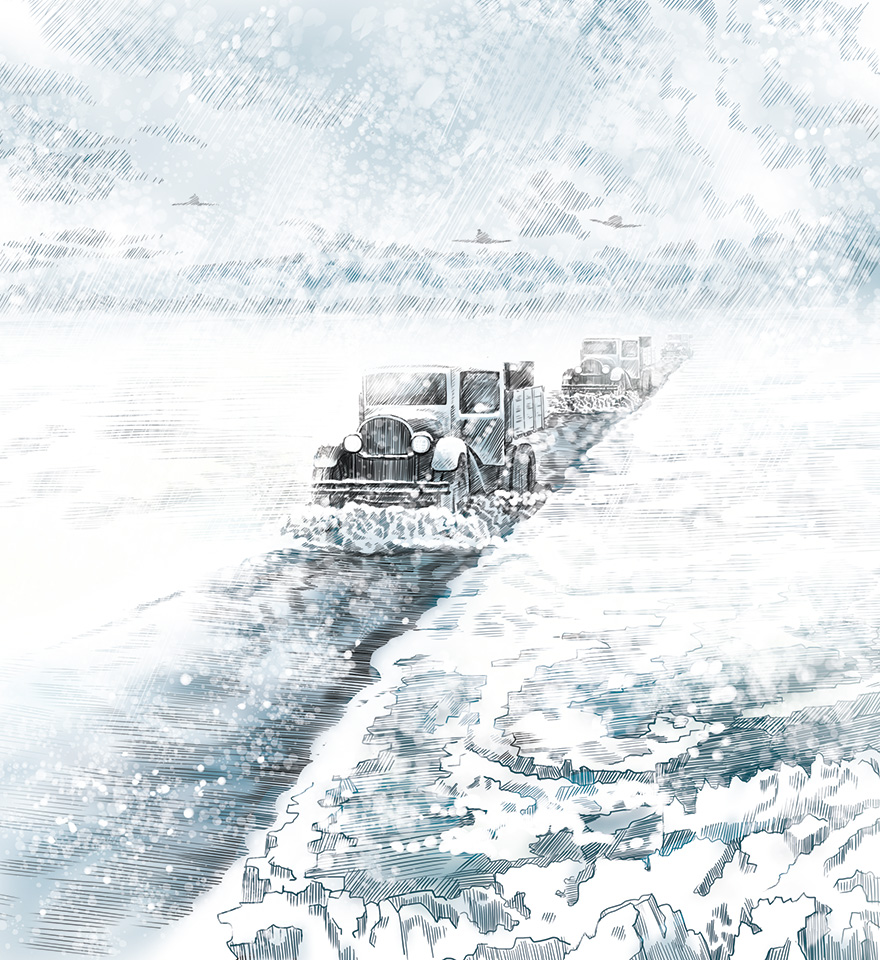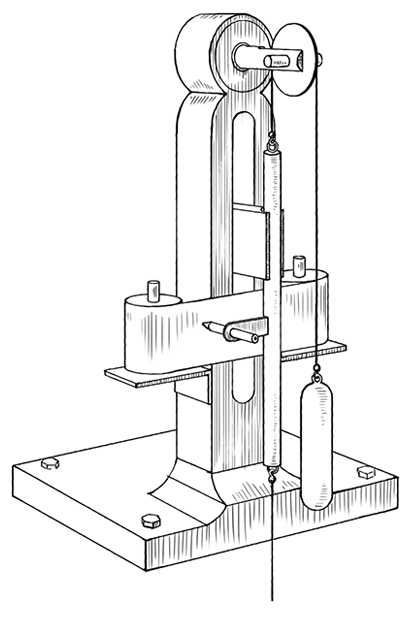ReynovNaum
October 2, 1896, Melitopol, Russian Empire (now Zaporizhzhia region, Ukraine) —
September 1980, Leningrad, USSR (now St. Petersburg, Russia)
Progibograph
It is impossible to even calculate how many lives were saved by the invention of the Ukrainian physicist and designer Naum Reynov. Thousands, tens of thousands, maybe more.

He was working at the Ioffe Physical-Technical Institute in Leningrad when the city was surrounded by German troops. The circle closed on September 8, 1941. All land roads were closed, the only way to the city was through Lake Ladoga and the Gulf of Finland. Supplies were delivered by air and water, but this was sorely lacking. There had been no free sale of them for a long time — the most necessary things were received on cards. In order to somehow stretch out stocks, the norms of food were significantly reduced. In September, bread was given to workers at the rate of 500 grams per day per person, and at the end of November — only 250 grams. The fascists were sure that Leningrad would not survive the winter which was even so abnormally cold. The temperature dropped below zero on October 6, in December it reached −25 °C, and in January and even March it often dropped to −30 °C.
But the city was not going to give up, and as soon as Lake Ladoga froze, the military let convoys of trucks across it, turning it into an icy highway.
It is dangerous to move on ice even on foot when its thickness is less than 7 cm, but with the thickness of
On November 20, horse-drawn carts carts with flour set off in the direction of Leningrad. And on November 22 — first sixty trucks
Many people were evacuated at the end of the summer, but a team of scientists continued to work at the Physical-Technical Institute, which began to solve this problem. Among them was graduate student Naum Reynov.
Physicists quickly realized that the cause of the failures was the effect of resonance.
When a truck rides on ice, it fluctuates under its weight. In addition, fluctuations spread in the water under the ice. After all, if you touch the water, circles will follow it — waves. So, if you put a truck on the ice, the ice bends and waves disperse along the water, but a person will not see them under the thickness of the ice and a layer of snow. Waves on water can only travel at a certain speed. If the speed of the truck coincides with it, then both ice and water begin to fluctuate much more strongly than in any other cases — this is the resonance. During these strong fluctuations, the water cannot support the ice, so whether it breaks under the truck or not depends only on its elasticity. Usually it is not enough to withstand strong vibrations and the weight of the truck at the same time, so the entire ice cover is destroyed.
It turns out that it was not so much in weight as in the speed at which the cars moved. A device was needed to determine the safe and dangerous speed. I had to design it. In the conditions of the war, parts of the park fence, details of old telephones, etc. went into motion. The device, which was called a progibograph, recorded ice fluctuations at different speeds of cars. It is not surprising that its author was Raynov. For several years he worked as a mechanic in a workshop at the institute, where he made devices and tools for other scientists. He took up the most complex orders without drawings and sketches and successfully executed them. There were almost legends about the talented master, and the director of the institute eventually invited Reynov to enter the working graduate school himself.

Progibograph
The data, which was collected with the help of a progibograph, helped scientists develop the rules of the ice road.
The most dangerous was the speed in the range of
In the first blockade winter, 361,109 tons of cargo were delivered to Leningrad on the ice road, including 262,419 tons of products. Although they were still lacking, the crisis was overcome.
And in January 1943, on the crisis of Lake Ladoga, KV tanks, weighing about 50 tons each, were able to pass through the crisis of Lake Ladoga.
The siege of Leningrad lasted 872 days. From September 8, 1941 to January 27, 1944.
Today, in Estonia alone, in the cold season, up to seven highways operate, with a total length of more than 80 kilometers. And in Canada, one of these roads until recently generally passed through the Beaufort Sea, turning the wrong way, it was possible to get to the Arctic Ocean.